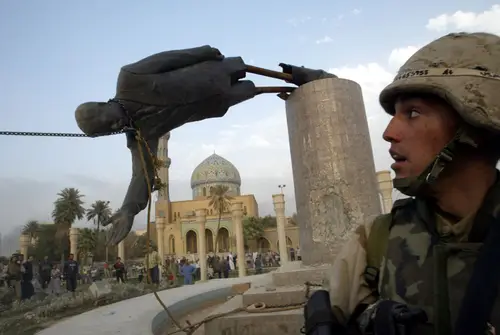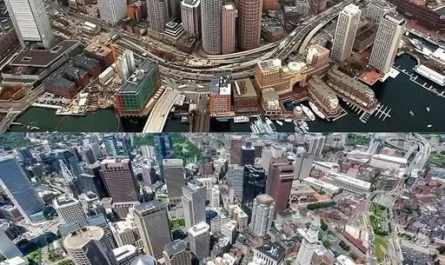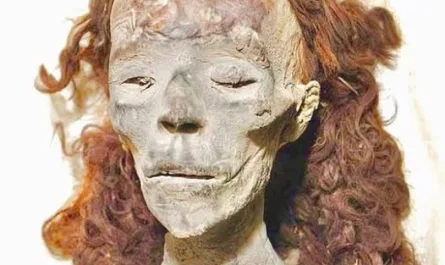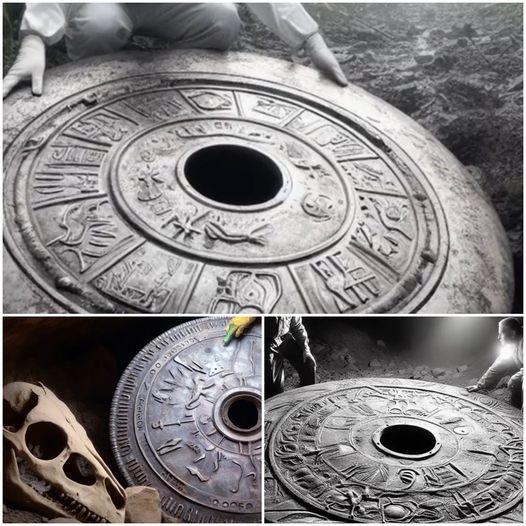U.S. engineers have sealed the underground bunker where Saddam Hussein was captured to prevent it from becoming a tourist attraction, the military said on Saturday.
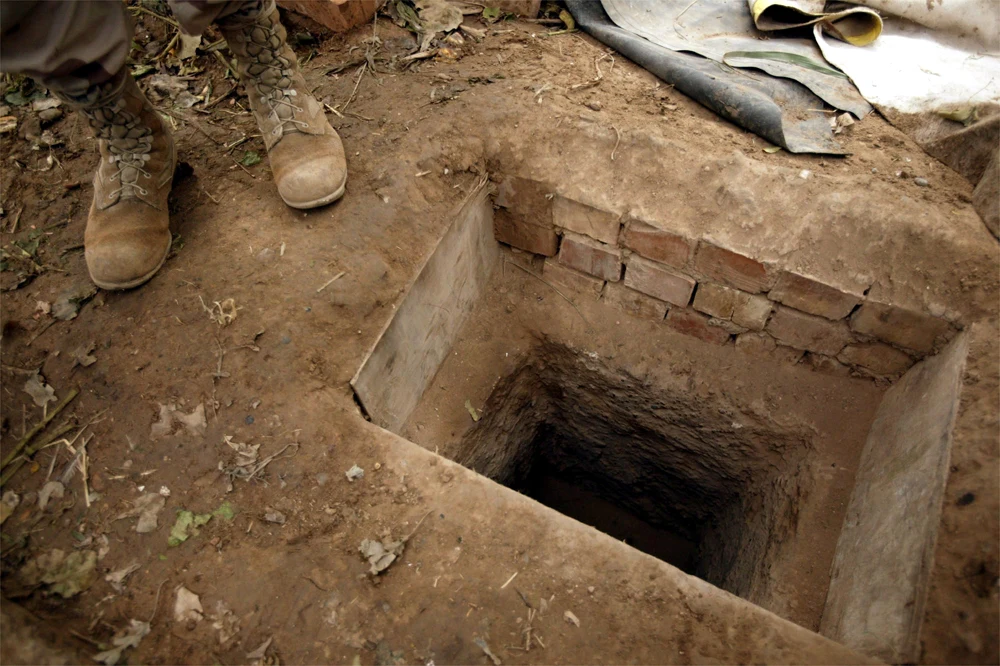
U.S. Army engineers have sealed the underground bunker where former Iraqi dictator Saddam Hussein was captured to prevent it from becoming a tourist attraction, a military spokesman said Saturday.
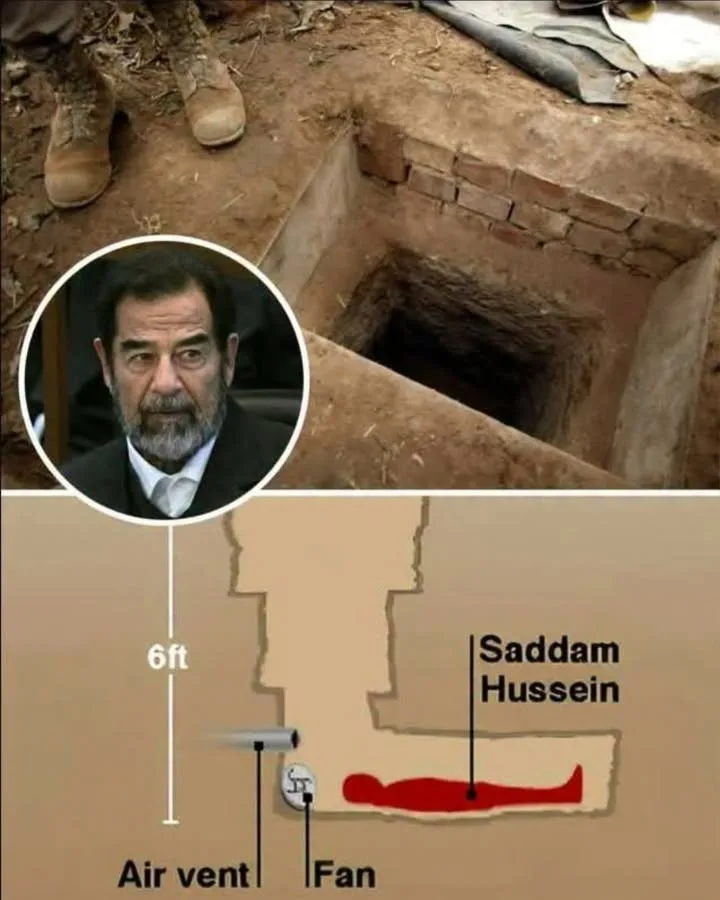
Soldiers lowered a 300 pound slab of concrete over the hole Feb. 4, said Master Sgt. Robert Cargie, a spokesman for the 4th Infantry Division.
Saddam was captured on Dec. 13 in the bunker in the small farming village of Adwar, a short drive from his hometown of Tikrit.
Cargie said the hole was sealed to “limit human traffic” to the area. Since his capture, a steady stream of U.S. soldiers, journalists and visiting foreign officials have traveled to Adwar to have their picture taken next to — or inside — the bunker.
Cargie said that the cover could be removed if access to the hole was needed in the future.
“It was put in place to allow time for future decisions to be made,” he said without elaborating.
Humble spot
Saddam, who had evaded U.S. forces for nearly eight months, escaped to the bunker when he heard U.S. patrols pass by. It is next to a small cement-floored bedroom, an outdoor kitchen and a humble bathroom, which all remain in place, Cargie said.
U.S. officials had hoped his capture would help break Iraqi resistance to the occupation, but attacks have continued unabated, especially in the “Sunni Triangle” region of the Iraq to the north and west of the capital, Baghdad.
Saddam is being held by U.S. forces at an undisclosed location. U.S. officials have said they plan to bring Saddam to trial for alleged crimes against Iraqi people, but the location of any trial and its format have yet to be decided.
Members of the Fourth Infantry Division’s First Brigade and US Special Forces captured Hussein on December 13, 2003.
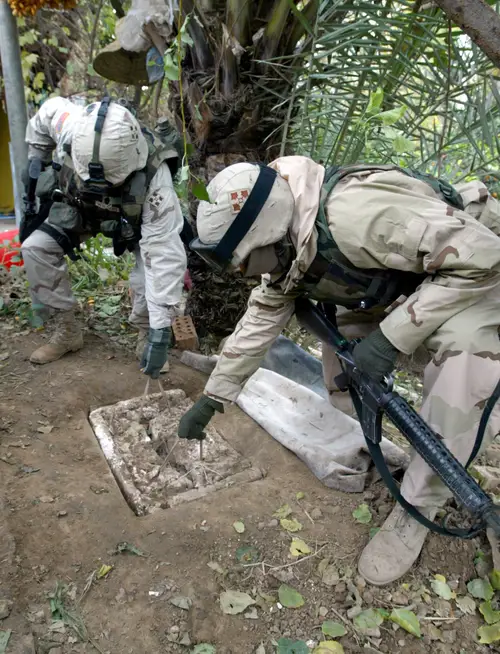
Hussein was discovered and arrested in the town of Ad Dwara, on the outskirts of Tikrit.

The deposed dictator had been hiding underground, using this hole as the sole entrance and exit.
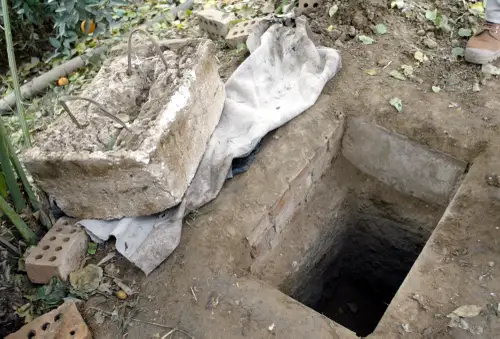
Hussein’s underground hiding place had a ventilator in one wall.
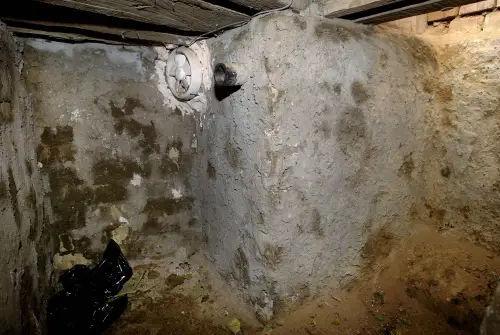
A cuffed and haggard-looking Hussein was pictured after his arrest.
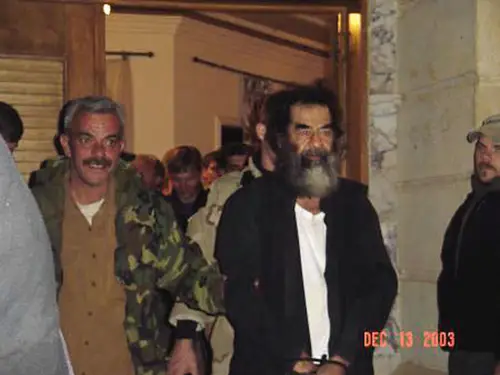
Photos showing a disheveled Hussein began surfacing after his capture.
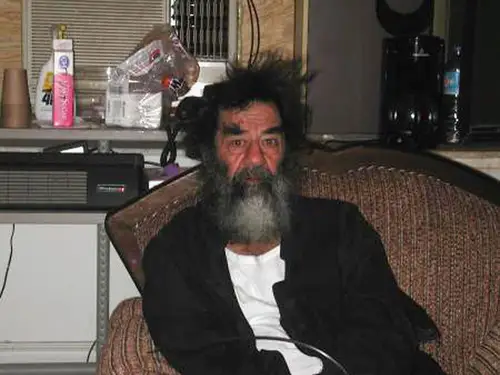
Hussein was on the run for nine months, and the time he spent hiding underground had clearly weathered him.
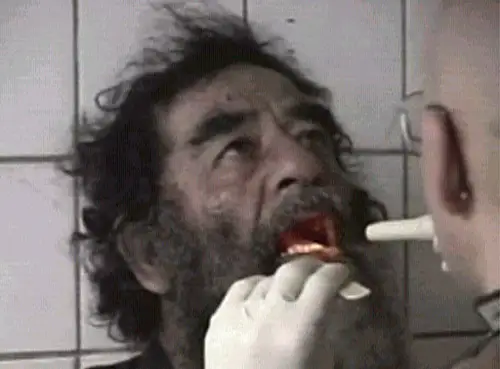
Hussein remained defiant throughout his trial in 2006, even wagging his finger at the judge.

After Hussein and his family fled Baghdad, the US Department of Defense distributed their images on playing cards to assist in their identification. They added “captured” after they got him.

Hussein’s capture was seen as a major victory for US forces, but the celebration of his arrest was short-lived. A mere four months later, US contractors would be killed and hanged in Fallujah, leading to a near year-long battle amid increasing disillusionment with the war effort.
In December 2006, Hussein was executed by hanging in Baghdad.
